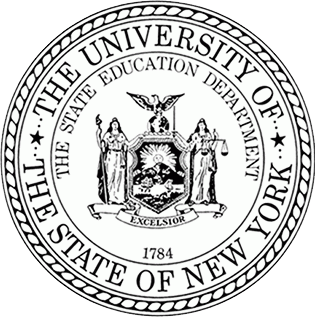 |
THE STATE EDUCATION DEPARTMENT / THE UNIVERSITY OF THE STATE OF NEW YORK / ALBANY, NY 12234 Office of P-20 Education Policy |
Recently, concerns have been raised about school employees allegedly misrepresenting their incomes on applications to receive free or reduced price school meals for their children. As a result, USDA has been asked if a local education agency (LEA) may use the salary information of their own employees, maintained for business purposes, as a tool to implement verification for cause and help ensure the integrity of free and reduced price certifications. This memorandum clarifies the use of verification for cause by LEAs in this manner..
Section 9(b)(3) of the Richard B. Russell National School Lunch Act (NSLA), 42 USC 1758(b)(3), and regulations on eligibility for free and reduced price meals in participating schools, at 7 CFR 245.6a, establish requirements for LEAs in conducting verification of the information provided on approved applications. In general, LEAs must annually verify a sample of approved applications which is typically three percent of applications approved on the basis of income. The required verification sample size may not be increased or decreased by an LEA.
In addition to the required verification of a specified sample of approved applications, regulations at 7 CFR 245.6a(c)(7) require that an LEA “must verify any questionable application and should, on a case-by-case basis, verify any application for cause …when the [school] is aware of additional income or persons in the household.” In addition, regulations, at 7 CFR 245.6a(c)(1)(ii), require that an LEA must first complete the certification process – reviewing an application for free or reduced price meals and notifying a household of the child’s free or reduced price status – prior to conducting verification.
LEAs can use verification for cause to review approved applications for free or reduced price meals when known or available information indicates school employees may have misrepresented household income on their applications to receive free or reduced price meals for their children. USDA recommends that the LEA consult with its legal counsel in establishing the parameters of verification for cause for school employees.
Verification for cause must not be used to automatically verify the households of all school employees whose children are certified for free or reduced price meals. However, from among the list of children approved for free or reduced price meals, an LEA could identify children of school employees and use LEA salary information available to them to identify questionable applications and then conduct verifications for cause on those questionable applications.
Remember that any verification for cause conducted by the LEA is separate from the verification sample required by the NSLA and program regulations, and may be conducted at any time during the school year. LEAs must also follow the confidentiality, notice and appeal procedures required in 7 CFR 245.6a when conducting any type of verification. Under the regulatory procedures, any modifications to a student’s eligibility status cannot occur until the verification process, including any appeal, is complete. More information about the verification process is available in Part 8D of the Eligibility Manual for School Meals (October 2011).
USDA supports use of verification for cause where appropriate as a method for LEAs to address integrity concerns. We strongly encourage LEAs and their legal counsel to consult with us prior to undertaking verification for cause where concerns with employee misrepresentation of information on an income eligibility application have been raised. We want to ensure that LEAs balance administrative requirements and integrity with access to free and reduced price meals for eligible children. We must report any situations of suspected fraud to the Department of Agriculture’s Office of the Inspector General at 800-424-9121.



